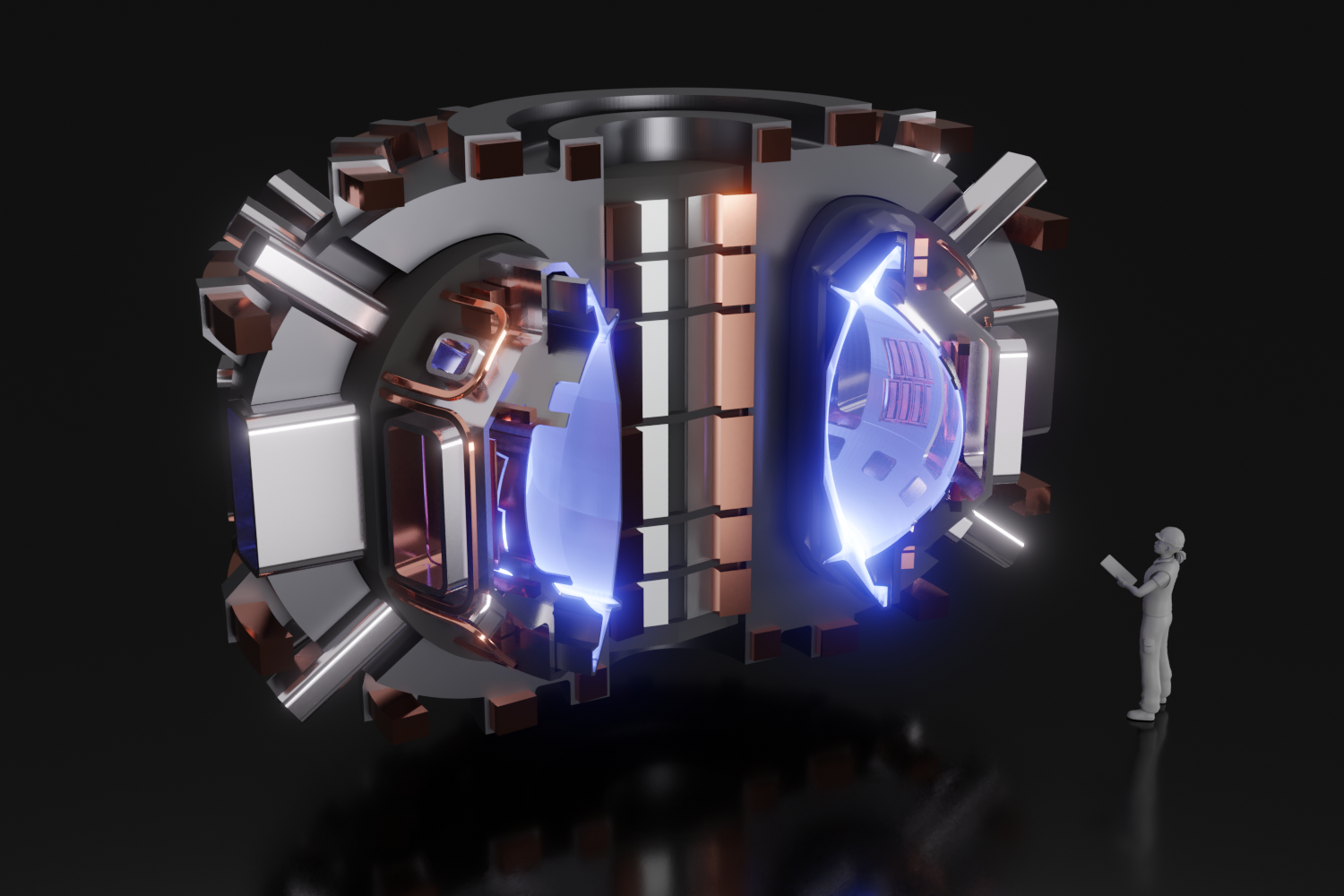Research confirms ingredient in household cleaner could improve fusion reactions

Research led by scientists at the Department of Energy's Princeton Plasma Physics Laboratory (PPPL) provides new evidence that particles of boron, the main ingredient in Borax household cleaner, can coat internal components of doughnut-shaped plasma devices known as tokamaks and improve the efficiency of the fusion reactions, according to an article published on Phys.org on April 2.



 Coordinated federal and private industry investments made now could yield an operational fusion pilot plant in the 2035–2040 time frame, according to
Coordinated federal and private industry investments made now could yield an operational fusion pilot plant in the 2035–2040 time frame, according to 


 The Fusion Energy Science Advisory Committee (FESAC), which is responsible for advising the Department of Energy’s Office of Science, on December 4 published the first public draft of
The Fusion Energy Science Advisory Committee (FESAC), which is responsible for advising the Department of Energy’s Office of Science, on December 4 published the first public draft of 



